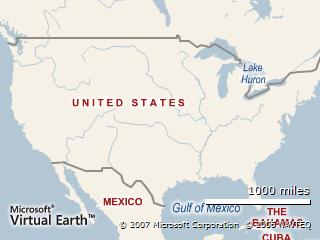Quote of the day:
The capacity of human beings to bore one another seems to be vastly greater than that of any other animal. - H. L. Mencken
If you are a provider, patient, insurance company, hospital or some other health care provider, few have the luxury or liberty to stand back and analyze what would work to improve healthcare in America. Since Medicare's inception there have been uncounted mid course corrections to make the system work, contain costs, improve quality and affordabilty for patents.All of this has produced the "Gordian Knot" Each time the knot grows larger and tighter, now threatening it's very existence.
The question is , do we unravel the knot, and how? Or do we throw it out (with the baby) and start over?
We have failed to do the appropriate preventive maintenance with patches and glue, and the present system may beirredeemable.
Of course remaking the system at the same time we are caring for our patients seems overwhelming.
However, probably no more than what we as physicians and hosptials and patients endure to receive the care we give and receive with our present system. During the last 15 years the incremental changes, p aradigm shifts, closure of hospitals and ERs, Machiavellian reimbursement systems forced a restructuring of business models that have reduced efficiency and in my humble opinon disrutped care for thousands, maybe millions of cases. Provider groups, iPAs, HMOs have gone bankrupt, sold, merged, and attempts to corporatize medicne in some cases have suceeded economically, but altered the basic physician-patient relationship. Today's system bears little recognition to the system I graduated into in 1968. However much of our society, and values have also changed. Perhaps I am a dinosaur with my ideals and values.
At the same time I am composing this diatribe, I read other blogs to find that others have the same ideas. (It must be a resonance in the universe)
Edwin Leap's blog today articulates the underlying karma of what most physicians think and feel.
Rather than plagiarize this comments, I direct you the man himself.
My suggestion? Get the government out of it all. If you do, the poor will likely get better care, since we’ll be able to screen out and turn away those who abuse their privilege. And doctors, that pesky, generally unimportant part of the medical equation, will actually return to hospitals and be available; out of a sense of duty, professionalism, entrepreneurial spirit and genuine compassion without federal compulsion.
It’s unlikely to happen, but a doctor can dream. ‘And then I saw a scarecrow and some flying monkeys and a witch, and a hospital where I was in charge and could always do what I thought was right, oh Auntie Em, it was wonderful!’
Yours,
Edwin

